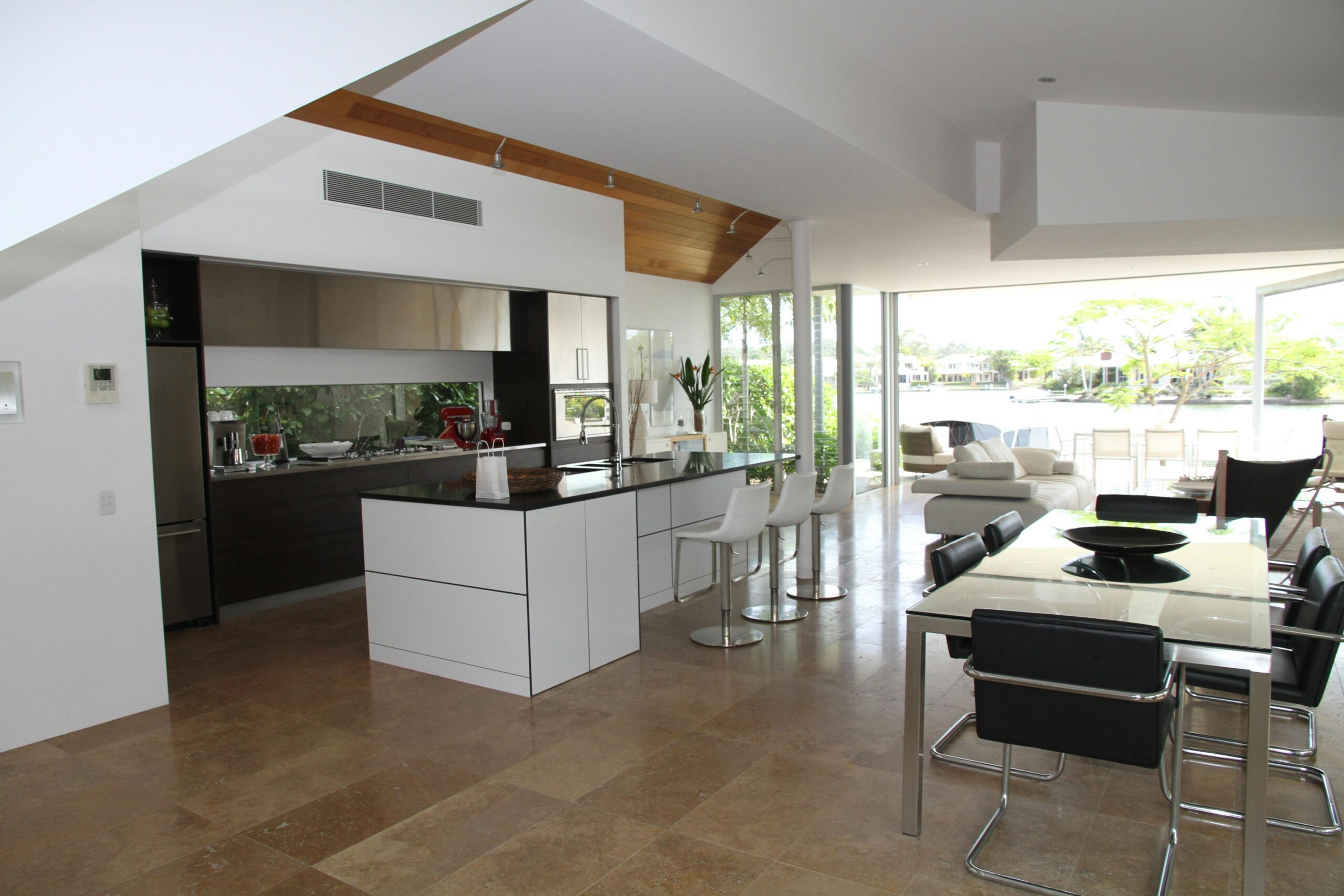Tiles are an essential aspect of interior design, especially when it comes to creating lasting beauty, resilience, and functionality in every room of your home. Whether you’re reimagining your living spaces, bathrooms, or kitchen, selecting the perfect tiles can make a world of difference. Here, we’ll explore seven key tips for choosing the best floor tiles to transform every room in your home.
1. Assess the Room’s Requirements and Function
When choosing tiles, start by assessing the specific requirements of each room. High-traffic areas like the kitchen, living room, and hallway require durable floor tiles that can withstand daily wear and tear. On the other hand, low-traffic areas, such as the guest room or bedroom, allow more flexibility in tile choice.
For example, in bathrooms, moisture resistance is crucial. Bathroom floor tiles and bathroom wall tiles should be non-porous, durable, and slip-resistant to prevent accidents. Many homeowners find that ceramic tiles offer the perfect balance of style and practicality, as they come in a variety of finishes and can handle both moisture and foot traffic effectively.
2. Prioritize Durability for High-Traffic Areas
In areas where foot traffic is highest, such as entryways, kitchens, and living rooms, prioritize durability and easy maintenance. Tiles with high PEI (Porcelain Enamel Institute) ratings, such as ceramic tiles and porcelain, are ideal for these spaces due to their resistance to scratches, stains, and wear. Porcelain tiles, in particular, are highly resistant to chipping and offer a long lifespan, which makes them perfect for high-traffic areas.
Moreover, choosing tiles with a matte finish or textured surface in these areas can add extra grip, minimizing slips. While glossy floor tiles may look appealing, they’re best suited to low-traffic rooms to prevent visible wear.
3. Match the Style of the Room with Tile Designs
Choosing tiles design that matches the room’s style is key to achieving a cohesive look. Modern, minimalist spaces benefit from sleek, monochrome tiles, whereas traditional spaces may be enhanced by earthy, natural-looking tiles. Homeowners often find that tiles with neutral shades, like whites, greys, and beiges, offer timeless elegance and seamlessly fit with any decor.
For a more dynamic effect, look at patterned or textured tiles. In bathrooms, for example, bathroom wall tiles with geometric or floral patterns create an eye-catching focal point, while more subdued designs work well for bathroom floor tiles. Tile patterns like herringbone or basket weave bring unique flair to rooms, blending function with artistry.
4. Consider Tile Size for Optimal Room Proportions
Tile size can greatly influence the appearance of your room. Large-format tiles make small rooms feel more spacious by reducing grout lines, giving a seamless, open look. In contrast, smaller tiles or mosaics add intricate detailing to large spaces, such as feature walls or backsplashes in bathrooms and kitchens.
When it comes to bathroom floor tiles, using larger tiles can make the bathroom look bigger and feel less cluttered. On the other hand, smaller tiles, like mosaics, are great for areas that need extra grip, such as shower floors. For living rooms or open-plan areas, consider using large ceramic tiles to create a sense of continuity.
5. Choose Water-Resistant and Slip-Resistant Tiles for Bathrooms and Kitchens
Bathroom tiles and kitchen tiles need to be water-resistant to prevent mold and moisture-related damage. Porcelain and ceramic tiles are highly suitable for these wet areas, as they’re less porous and do not absorb water easily, reducing the risk of water damage.
Slip resistance is another vital factor in moisture-prone areas. Opt for bathroom floor tiles with a high slip resistance rating to ensure safety, especially if there are children or elderly family members at home. Non-slip tiles with textured finishes are also available and work well as vanity tiles for around sinks and countertops.
6. Evaluate the Tile’s Maintenance Needs
Low-maintenance tiles make life easier, especially in rooms that experience frequent use. Ceramic tiles and porcelain tiles are both excellent choices for those looking for easy-care options, as they’re durable, water-resistant, and stain-resistant.
Glossy tiles may be appealing in bathrooms and kitchens due to their reflective properties, which make spaces look brighter and cleaner. However, they can also show smudges and water spots more easily than matte-finished tiles. For bathroom wall tiles and kitchen backsplashes, glossy tiles are easier to wipe clean, but for bathroom floor tiles, a matte finish can help reduce visible dirt and grime.
7. Set a Budget and Compare Tile Prices
Setting a budget before you start tile shopping can help narrow down options. Tiles vary widely in price depending on material, design, size, and finish. Tiles price for high-quality porcelain or marble tiles may be higher, but they offer excellent durability and longevity. However, budget-friendly options like ceramic tiles are also available in a wide range of styles and finishes.
When exploring tiles shops or online catalogs, it’s helpful to compare prices and look for sales. Some shops may offer bulk discounts for large orders, which is useful if you’re tiling multiple rooms. Budget-conscious homeowners can also look for options in house tiles that mimic the appearance of luxury materials, such as wood-look or stone-look tiles, offering an upscale appearance at a more affordable price.
Conclusion
Selecting the best floor tiles for each room involves a careful blend of practicality, design, and budget considerations. With so many options available, the right tiles design can enhance both the functionality and aesthetic of your spaces, making every room feel inviting, stylish, and resilient. Whether you prefer classic wall tiles for your bathroom or sleek, durable ceramic tiles for the kitchen, choosing thoughtfully will ensure that your home remains beautiful and functional for years to come.

